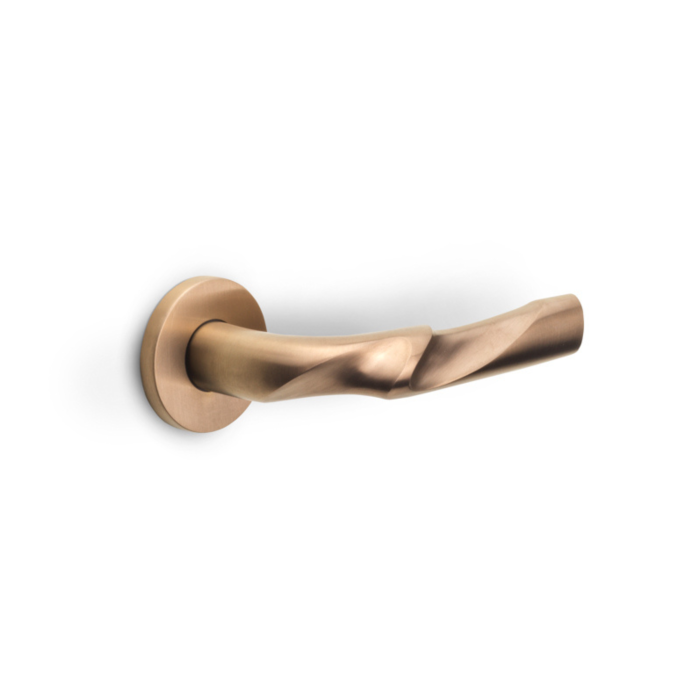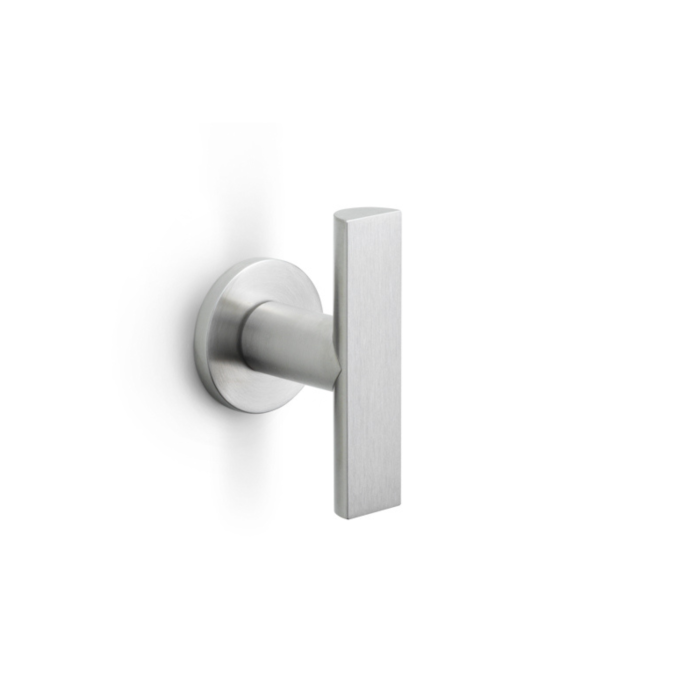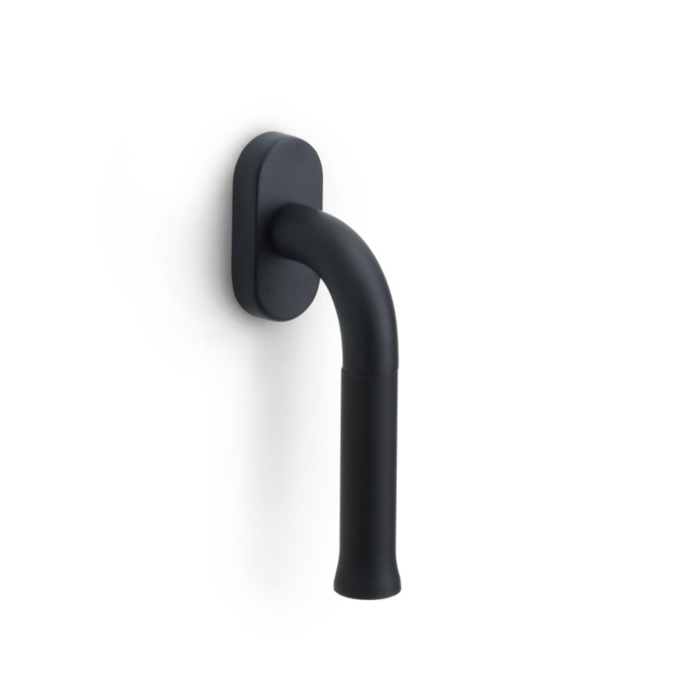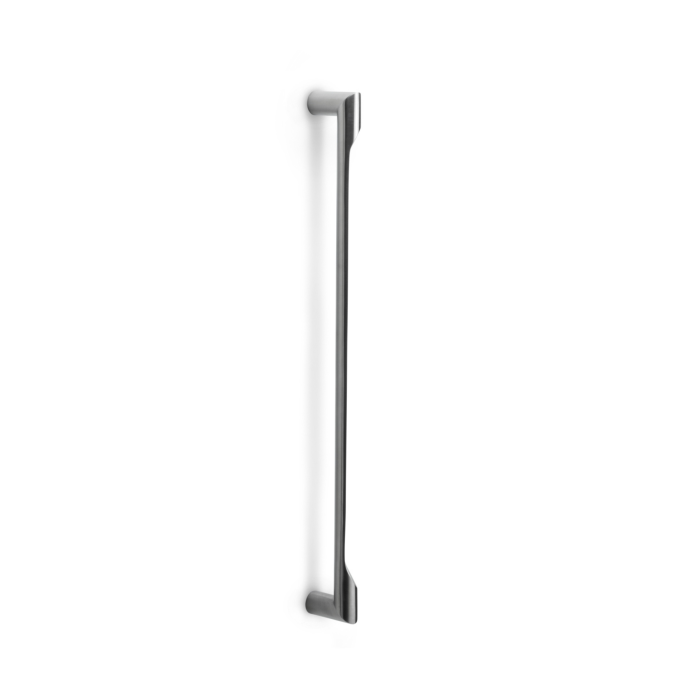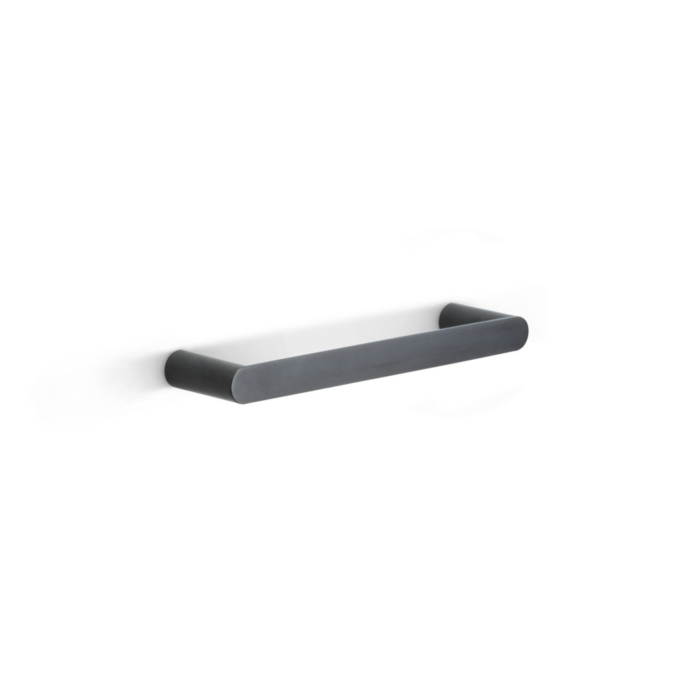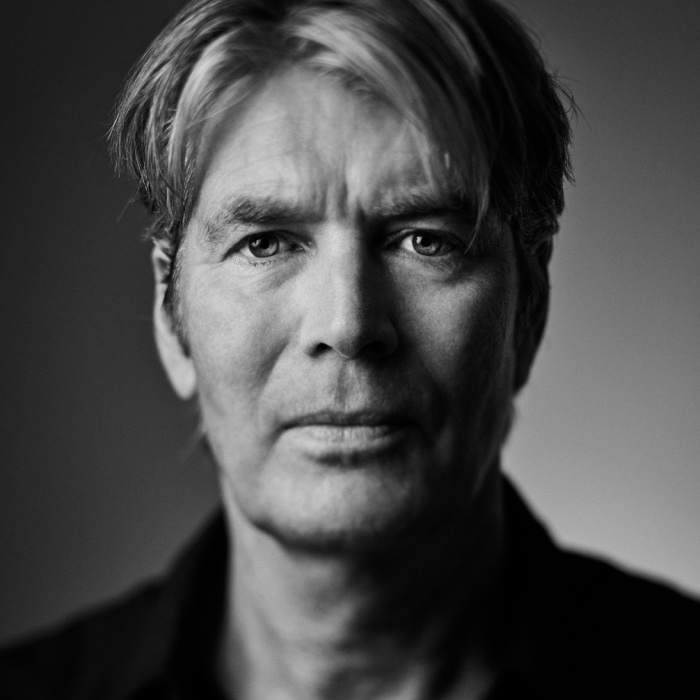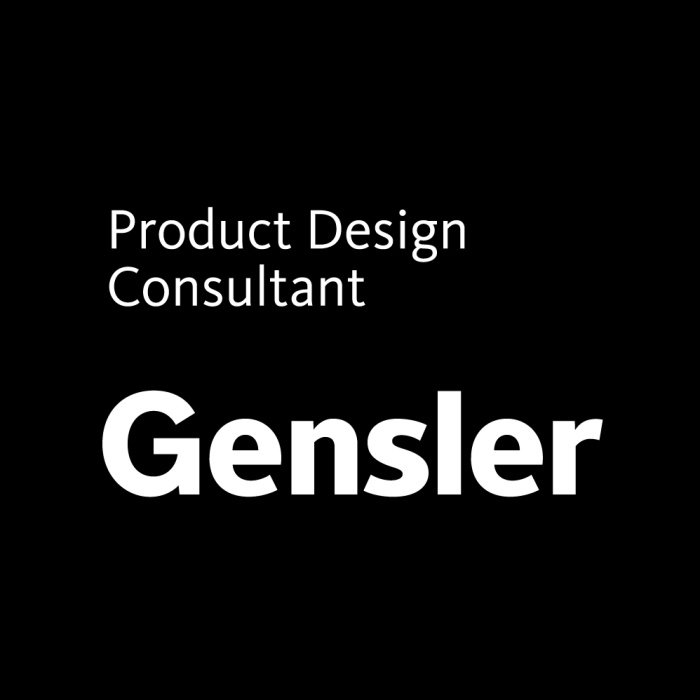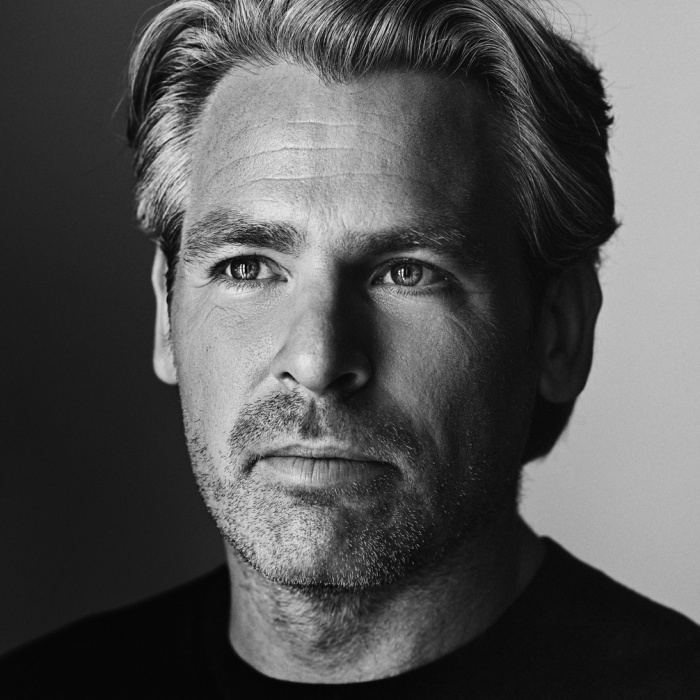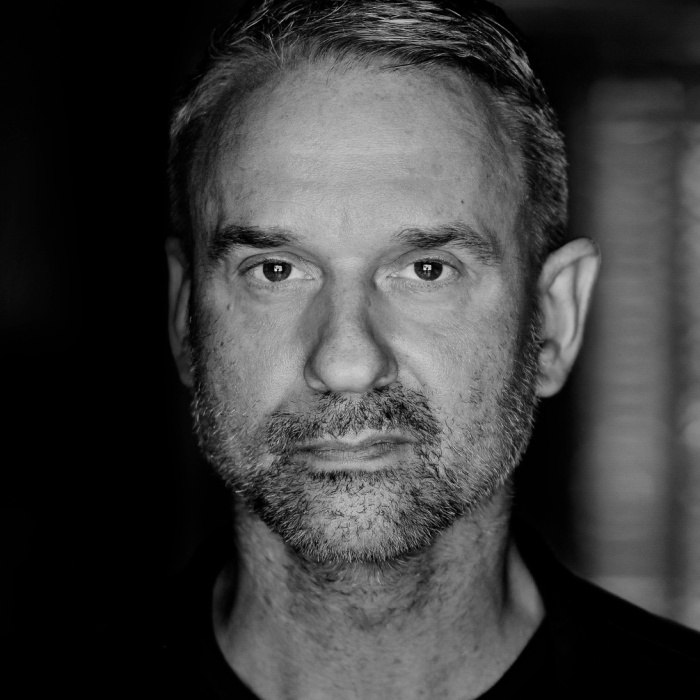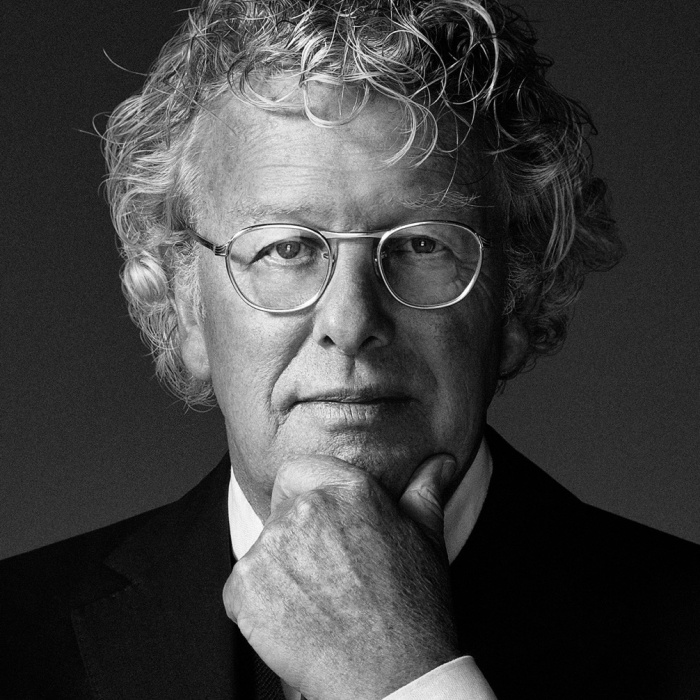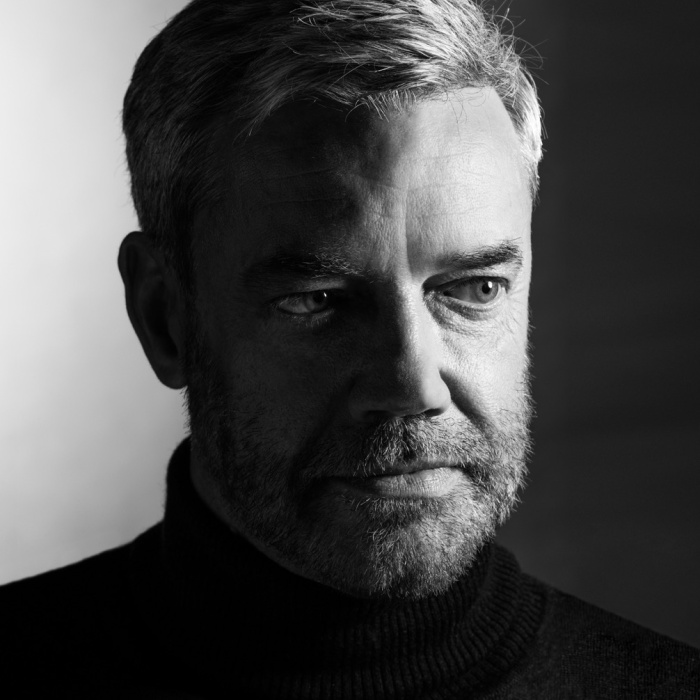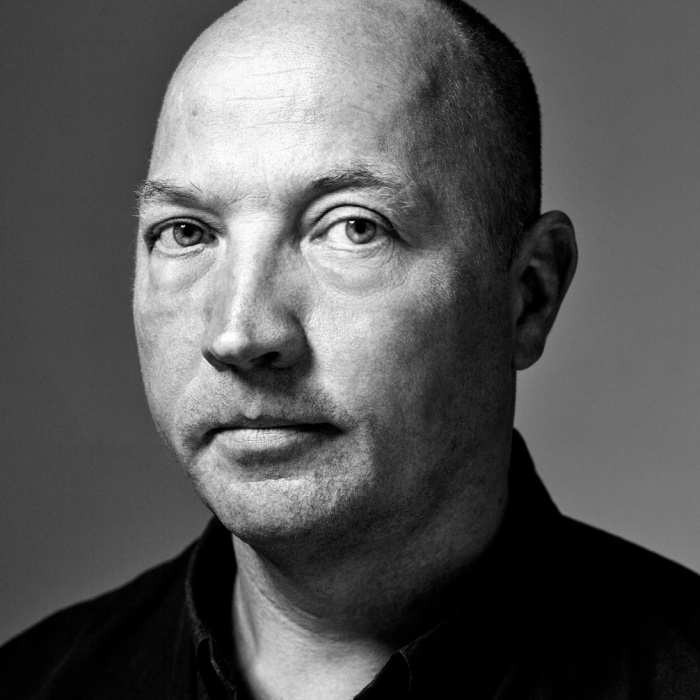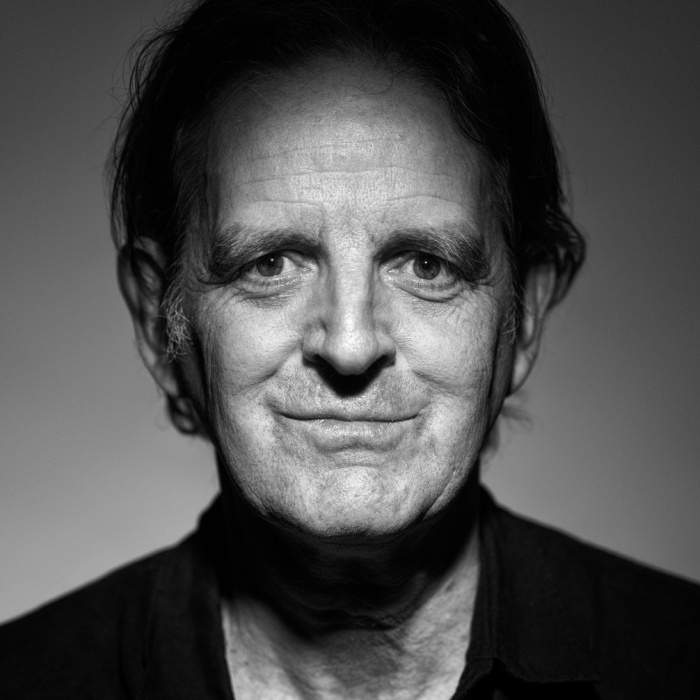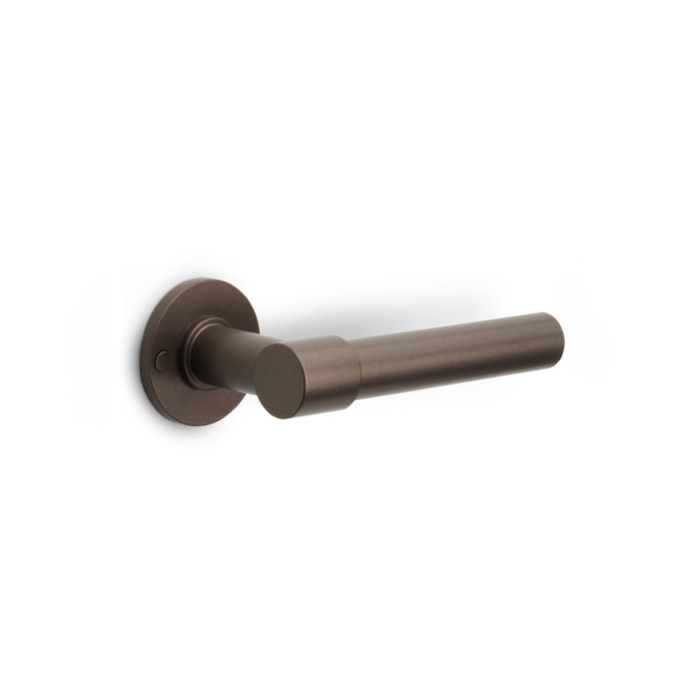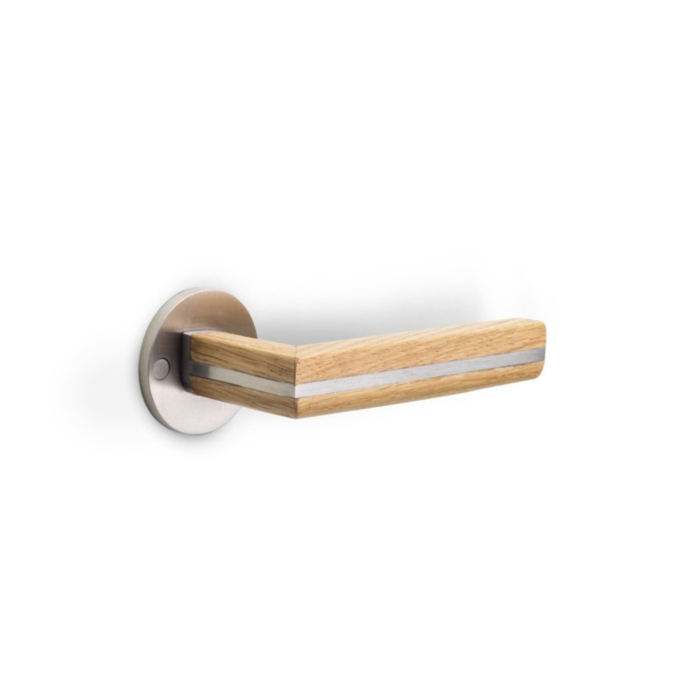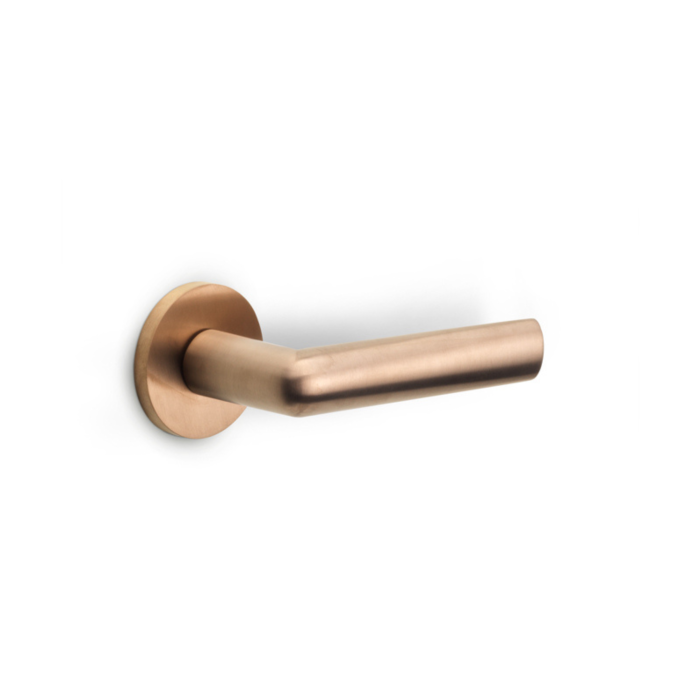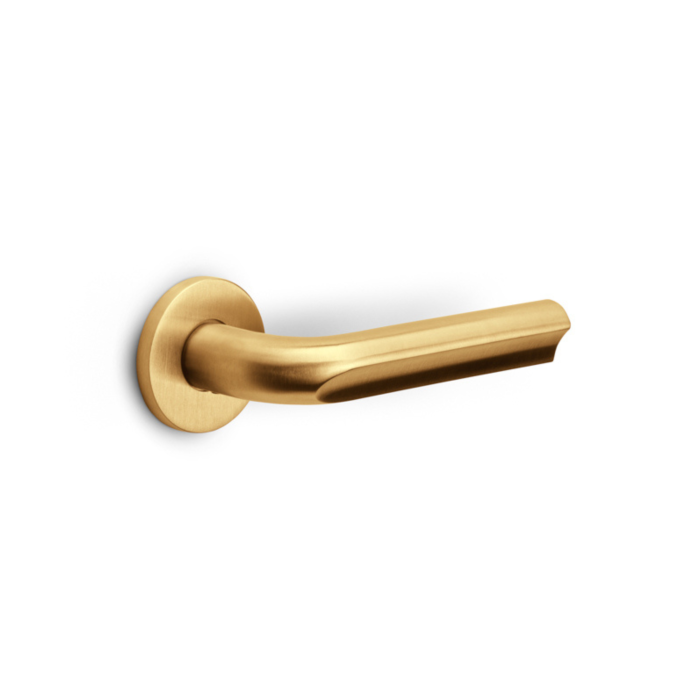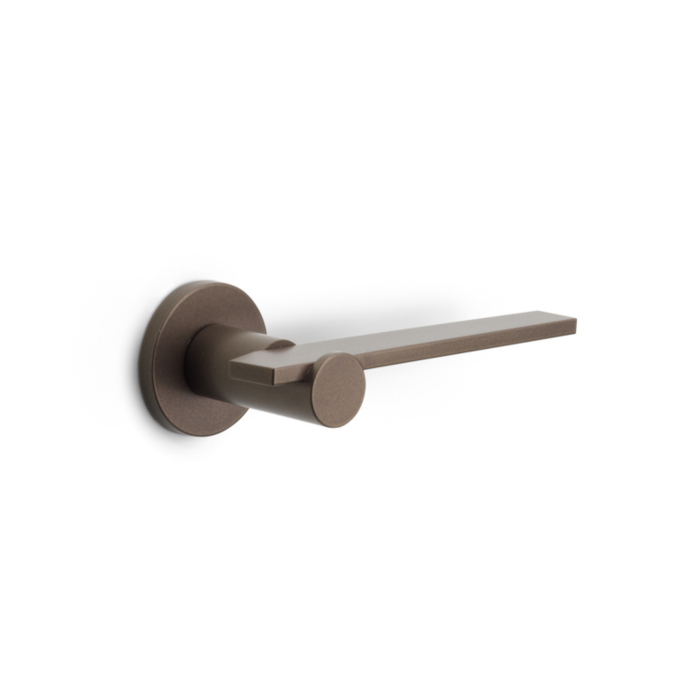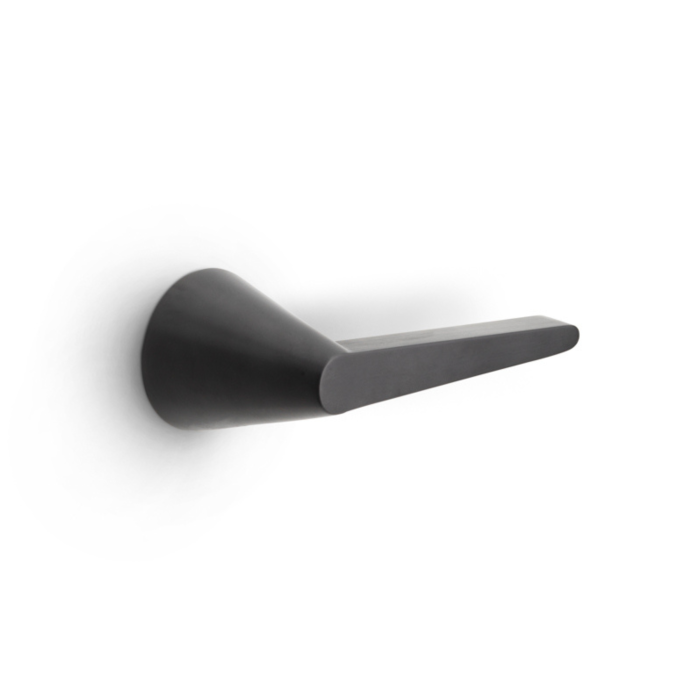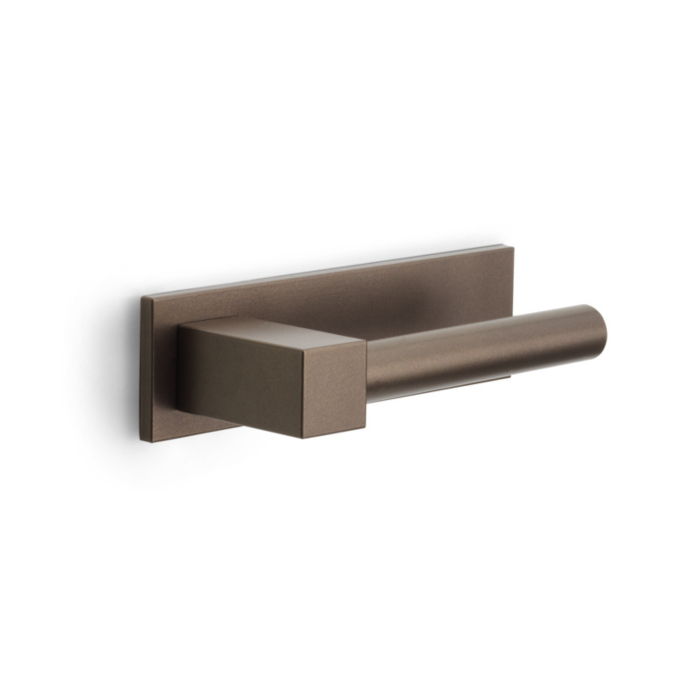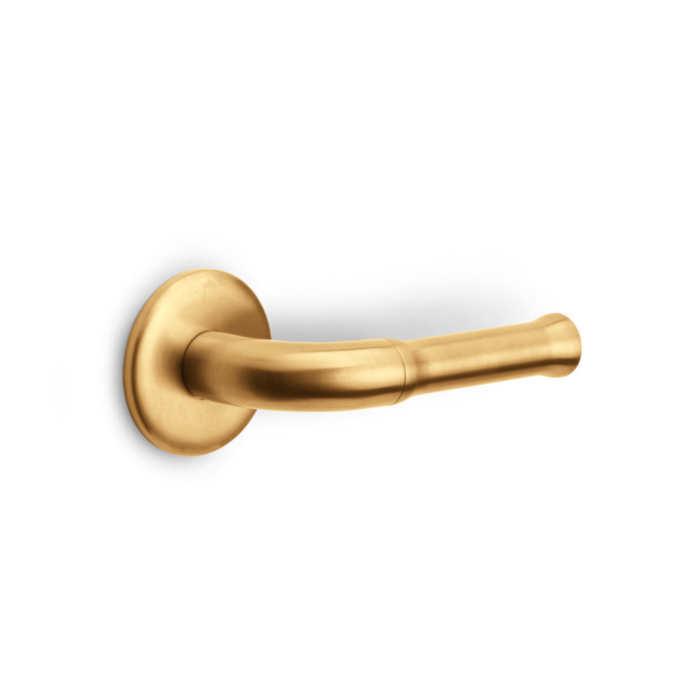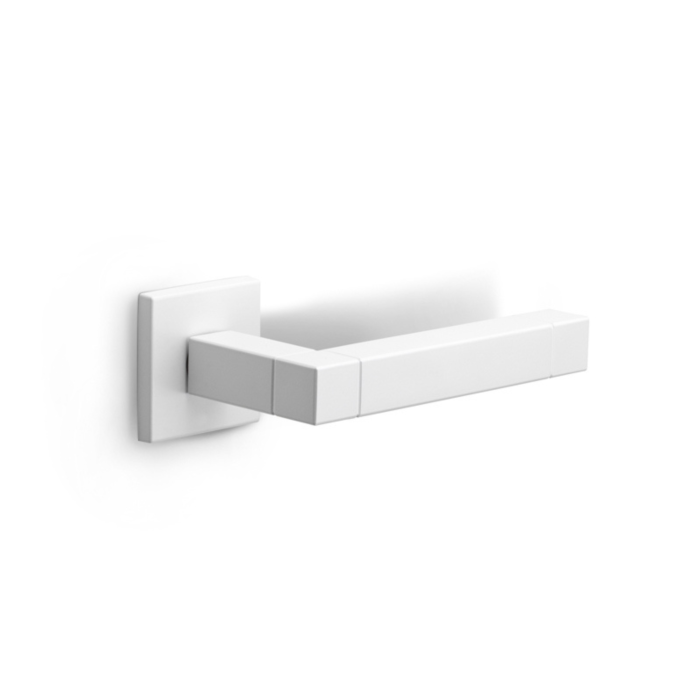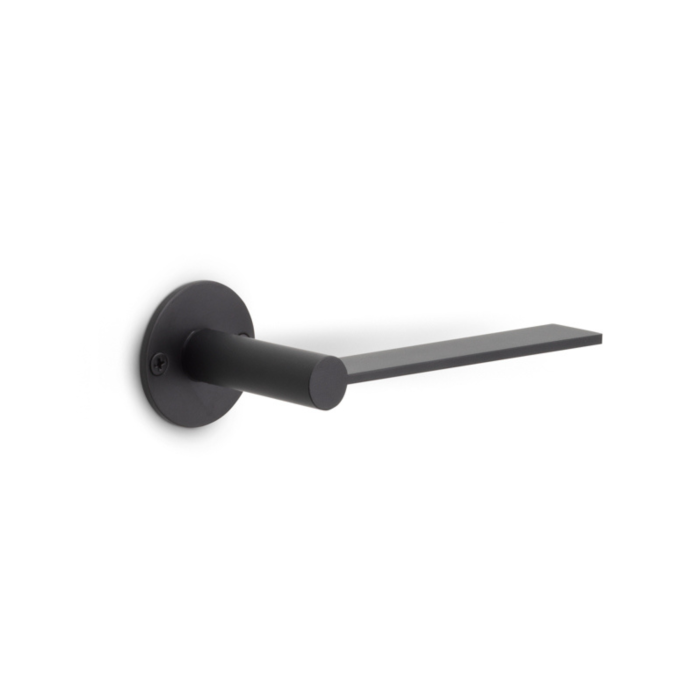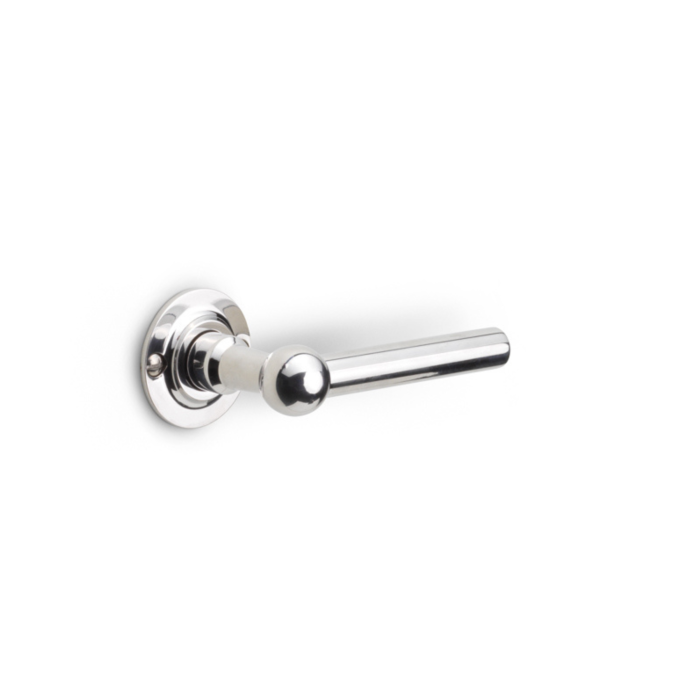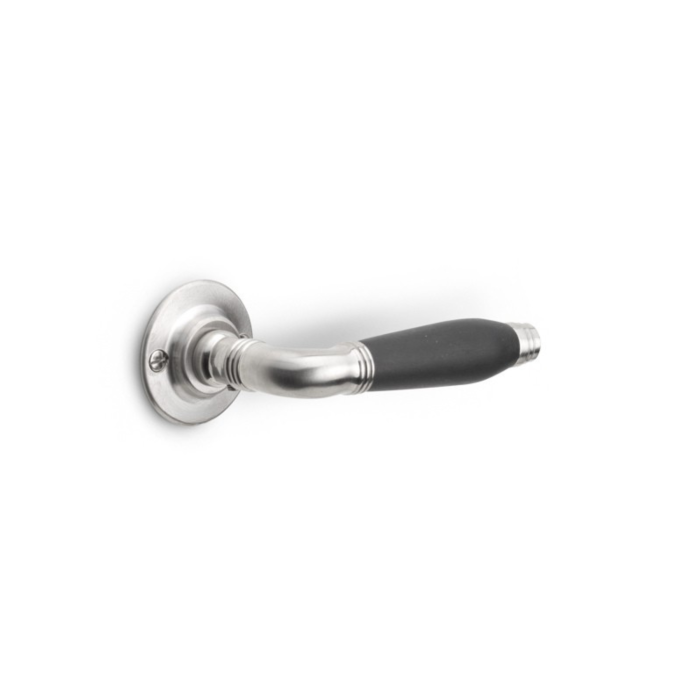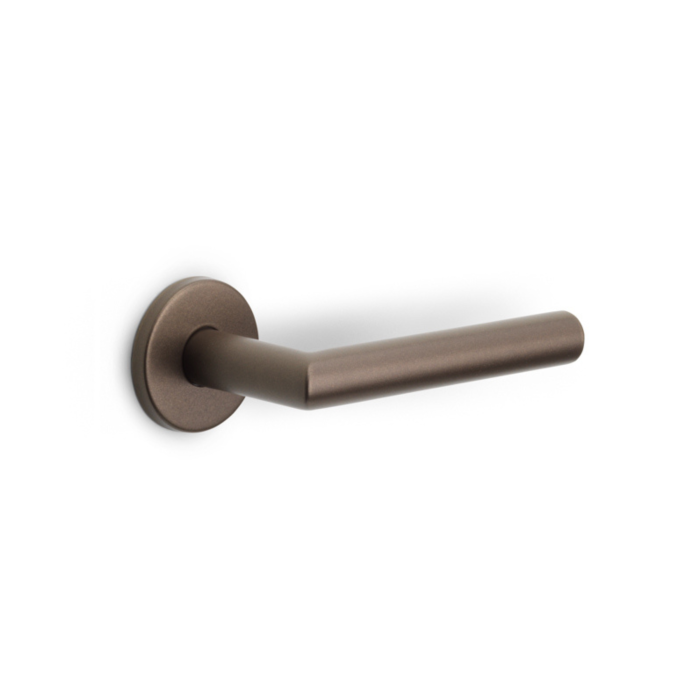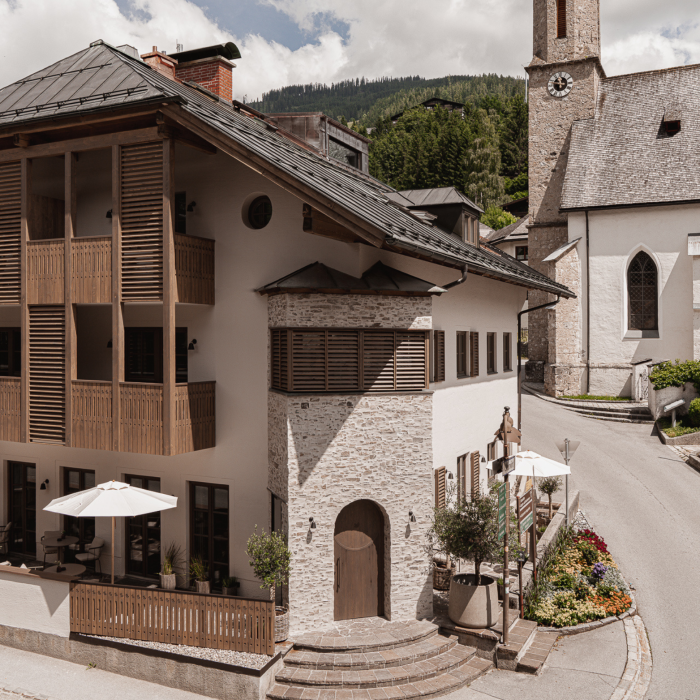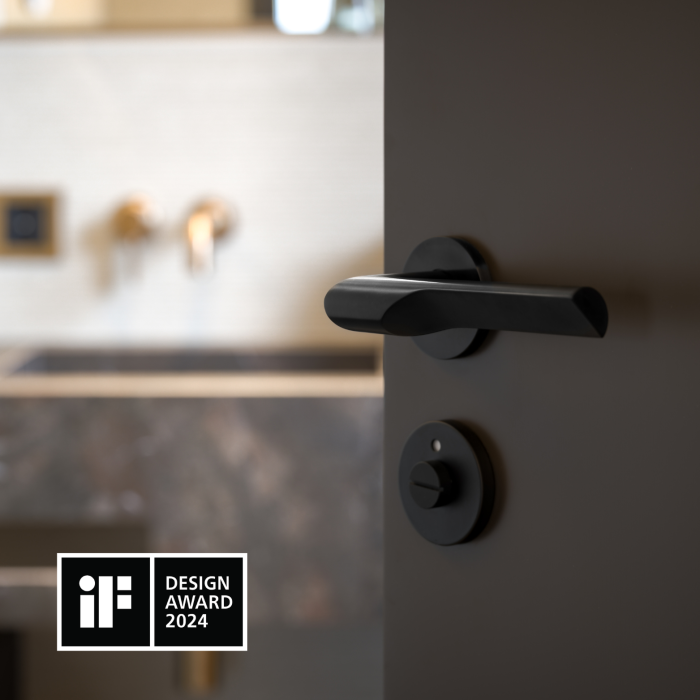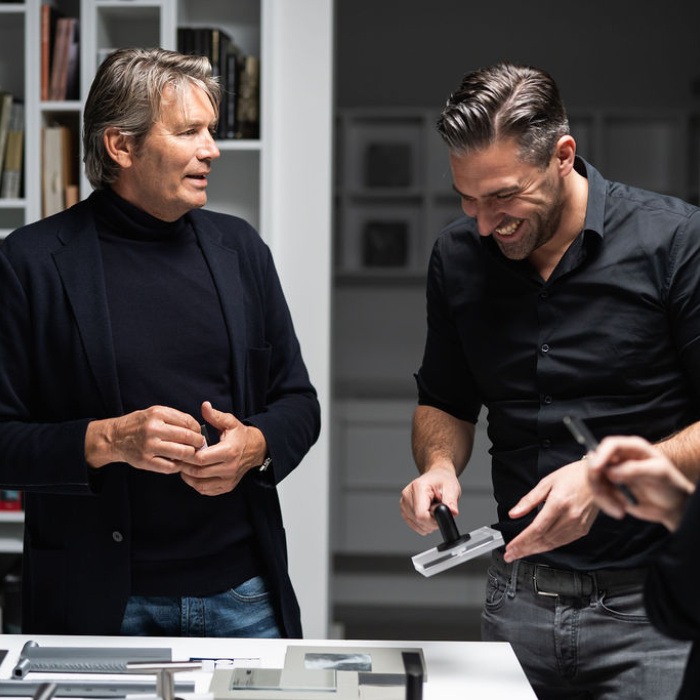Flexibility in Interior Design
In an ever-evolving world, flexibility has become essential to good design. Spaces today must adapt — to changing lifestyles, shifting routines, and the passage of time — all while preserving harmony. For Studio Piet Boon, flexibility isn’t about change for the sake of change, but about creating interiors that evolve gracefully with their users.
In this four-part conversation, Designer Irene Valbusa from Studio Piet Boon explores the principles behind flexible and timeless interiors — from spatial layout to hardware detailing, from material choices to designs that transcend private and public spaces.
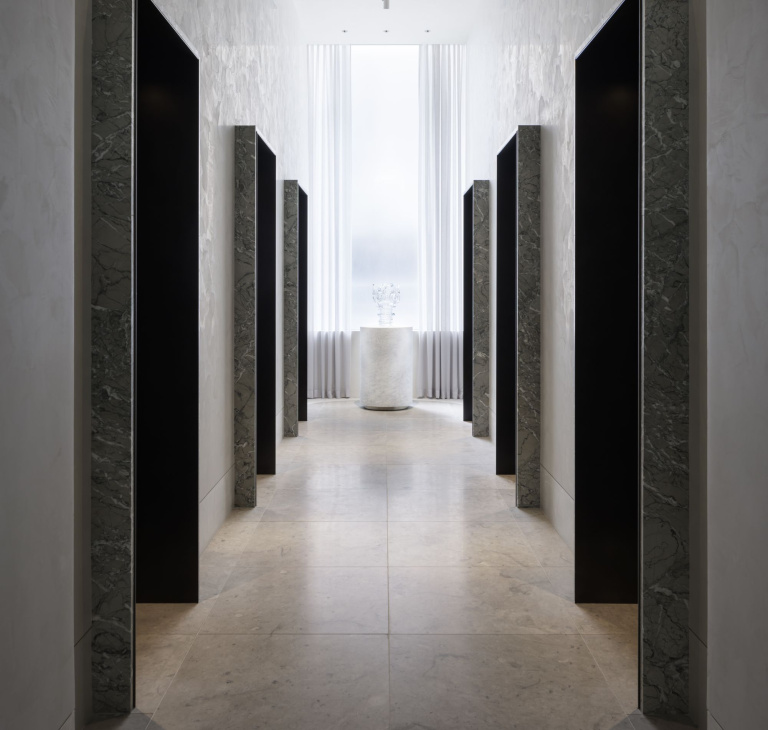
Design that evolves over time
“Flexibility means creating a space that can evolve without compromising its core identity,” explains Valbusa. “It starts with the layout. A floor plan should leave room for transformation — whether that’s a child’s room adapting over time or a living space shifting between daily life and hosting. To support that evolution, fixed elements such as hardware and millwork should exude timelessness, while softer layers can adapt through the years.”
For Studio Piet Boon, the foundation of flexibility lies in proportion and calm. “We design the architectural base as something lasting — calm, ordered, and balanced. Hardware and finishes, especially when crafted with brands like Formani, act as tactile anchors within that framework. When those elements are right, a space can grow with its users without losing its essence."
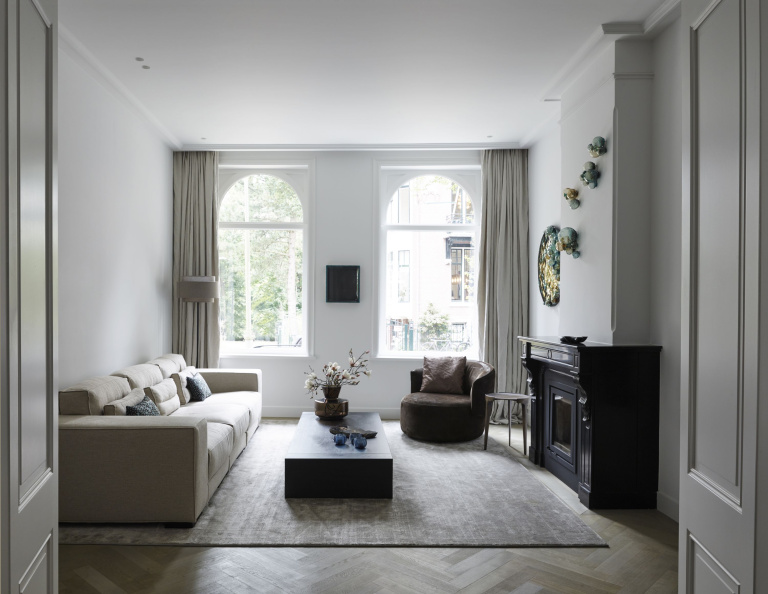
Creating coherence through detail
Flexibility, however, should never lead to fragmentation. “Even when functions change, a space must feel whole,” says Valbusa. “That’s why we define key elements that set the tone — proportions, light, and hardware. These fixed components create coherence, allowing other layers to shift freely.”
This pursuit of coherence naturally extends to the smallest touchpoints — the details that connect people to the space on a sensory level.
An example of this approach can be seen in a recent high-rise residential project in Osaka. “We designed a shared party room on the 50th floor, where sliding panels open or close around a show kitchen depending on the occasion. We selected Formani’s TWO collection in satin stainless steel because its subtle curvature echoes the building’s architecture. It’s a subtle detail, yet it establishes a dialogue between exterior and interior — from the façade to the touch of a handle.”
The tactile connection
Hardware plays a subtle but crucial role in how people experience a space. “A handle or pull is the first point of physical contact,” Valbusa notes. “Its weight, curve, and finish communicate something about the environment you’re entering. True luxury lies in that quiet sense of durability — hardware that feels refined and performs beautifully over many years.”
A brushed Formani handle against plaster or natural wood subtly catches the light and invites touch — a small moment that elevates the user’s daily experience.
A calm foundation for change
Color and materiality are equally vital in supporting flexibility. “We work with layered neutrals — warm or cool depending on the architecture — to create a calm foundation that can shift in mood and function over time,” says Valbusa. “Tone-on-tone combinations add depth through contrast in texture — matte next to polished, soft against structured. Within such restraint, hardware becomes a tactile accent: a brushed handle against plaster or natural wood that quietly draws attention through touch and reflection.”


Adapting across scales
The idea of flexibility extends beyond residential interiors. “In private homes, flexibility is intimate — about daily rituals and transitions,” Valbusa explains. “In hospitality projects, the scale changes. You design for many users, often from different cultures, and the space must transform several times a day without feeling generic. Here, lighting plays a key role. Task, ambient, and accent lighting allow a room to shift in character — from morning clarity to evening intimacy — while keeping a consistent identity.”
In both worlds, hardware remains a defining touchpoint. “It’s something the hand remembers,” she says. “Even when furniture or lighting change, that detail grounds the design.”
Designing for longevity
For Studio Piet Boon, flexibility and sustainability are deeply connected. “Sustainability lies in designing things people want to keep,” says Valbusa. “Natural materials that age with dignity and hardware built to last allow spaces to remain relevant instead of being replaced. Flexibility is not only about function — it’s about longevity.”
Through their ongoing collaboration, Studio Piet Boon and Formani continue to redefine what timeless design means — proving that true flexibility lies not in constant change, but in creating spaces that endure, adapt, and inspire for generations.


